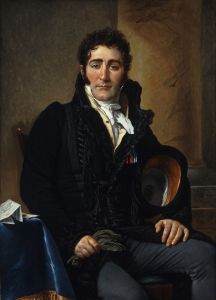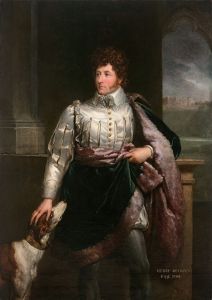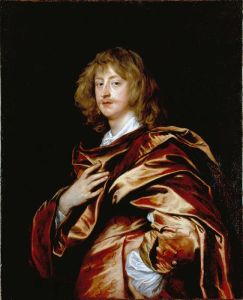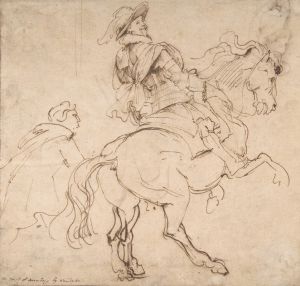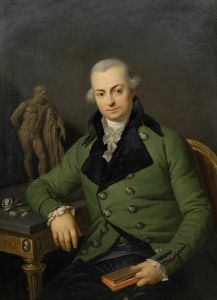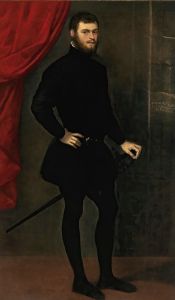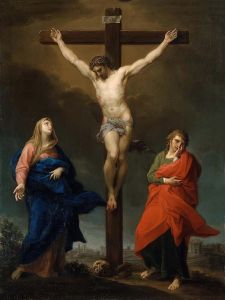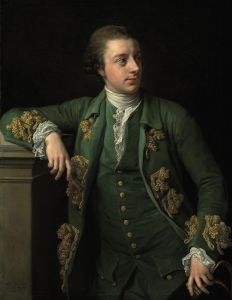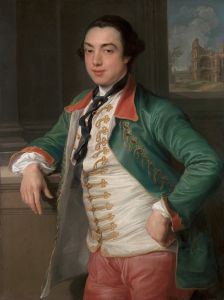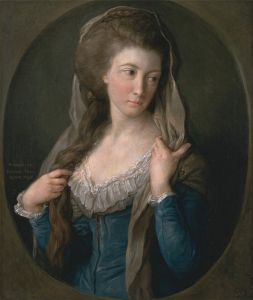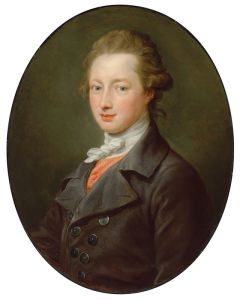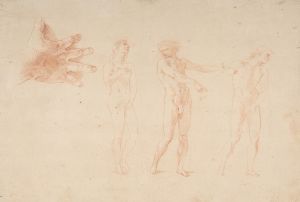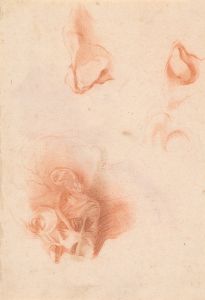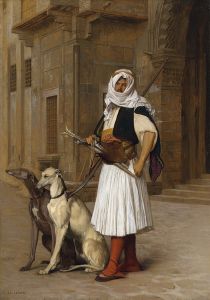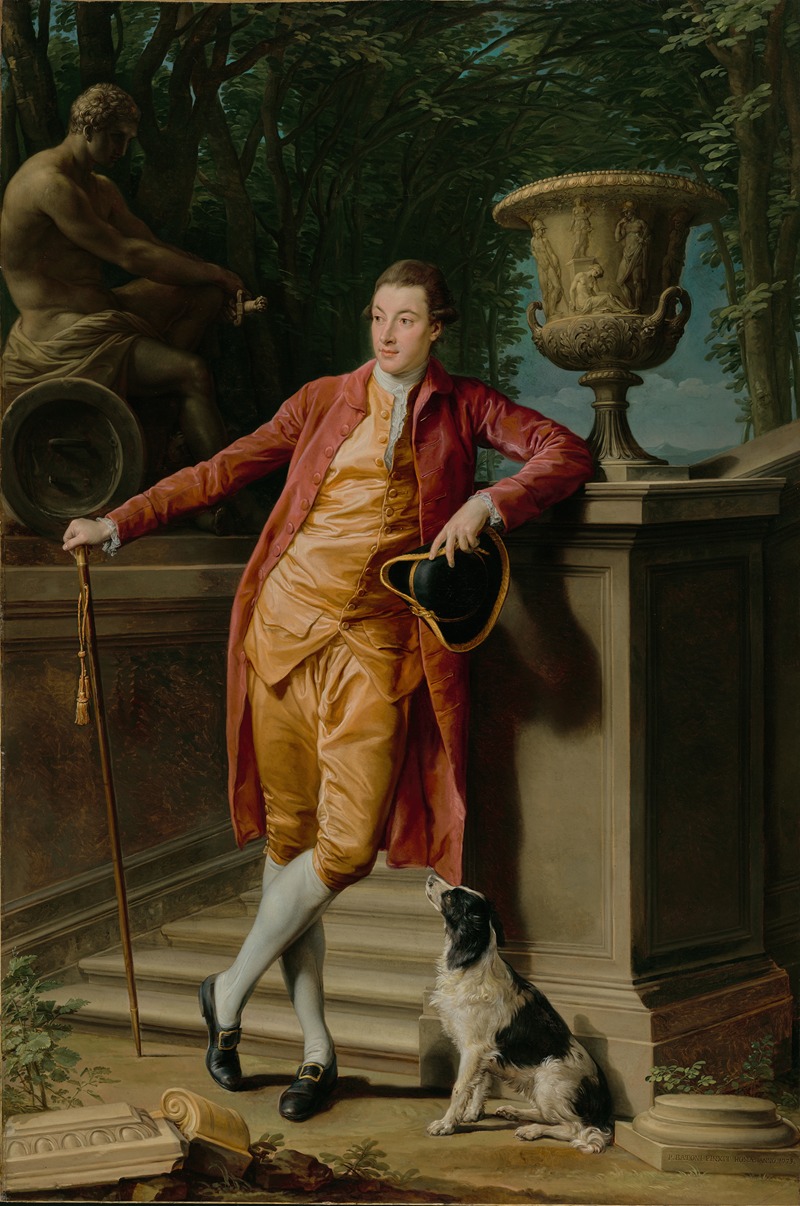
Portrait of John Talbot, later 1st Earl Talbot
A hand-painted replica of Pompeo Batoni’s masterpiece Portrait of John Talbot, later 1st Earl Talbot, meticulously crafted by professional artists to capture the true essence of the original. Each piece is created with museum-quality canvas and rare mineral pigments, carefully painted by experienced artists with delicate brushstrokes and rich, layered colors to perfectly recreate the texture of the original artwork. Unlike machine-printed reproductions, this hand-painted version brings the painting to life, infused with the artist’s emotions and skill in every stroke. Whether for personal collection or home decoration, it instantly elevates the artistic atmosphere of any space.
The painting Portrait of John Talbot, later 1st Earl Talbot is a work by the renowned Italian artist Pompeo Batoni, created in 1773. Batoni, celebrated for his masterful portraits and historical paintings, was a leading figure in 18th-century European art. His works were highly sought after by aristocrats and travelers undertaking the Grand Tour, a traditional journey through Europe that was popular among the British elite.
This portrait depicts John Talbot, who would later become the 1st Earl Talbot, a British nobleman and politician. Talbot was born on February 25, 1749, and succeeded his father as the 14th Earl of Shrewsbury in 1787. However, before inheriting the Shrewsbury title, he was created the 1st Earl Talbot in 1784. The painting was commissioned during Talbot's Grand Tour, a period when wealthy young men traveled across Europe to complete their education and acquire cultural refinement.
In the portrait, Talbot is presented in a dignified and elegant manner, consistent with Batoni's style of portraying his sitters with a sense of nobility and sophistication. He is dressed in fine clothing, indicative of his status, and is surrounded by elements that reflect his wealth, education, and taste. Batoni often included classical motifs and luxurious settings in his portraits, aligning with the neoclassical ideals of the time.
The painting is an excellent example of Batoni's ability to combine realism with idealization. His skillful use of light and color enhances the lifelike quality of the subject while also imbuing the work with a sense of grandeur. Batoni's portraits were not merely records of appearance but also conveyed the social standing and character of the sitter.
Today, Portrait of John Talbot, later 1st Earl Talbot is recognized as a significant work within Batoni's oeuvre and a valuable representation of 18th-century portraiture. It provides insight into the cultural practices of the Grand Tour and the role of portraiture in asserting identity and status during this period. The painting is part of a private or institutional collection, though its current location is not specified in publicly available records.





